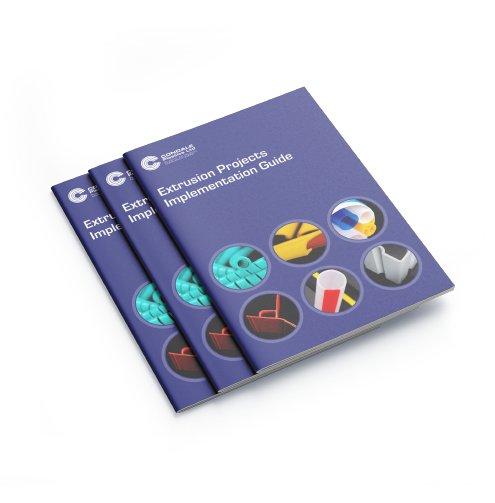
Every day we are exposed to a myriad of pathogens like bacteria, moulds and fungi through contact, eating and breathing. More often than not, our immune system protects us from these organisms but sometimes they can make us sick.
Many of the environments we encounter daily, for instance public transport and buildings that are climate-controlled and well-insulated, have limited fresh air supply and thus provide the perfect breeding ground for potentially harmful bacteria.
The plastics industry has recognised the growing importance of hygienic materials and has developed grades that help fight infection through the use of antimicrobial additives.
What are antimicrobial additives?
Antimicrobial additives stop the growth of bacteria and other microbes. They should not be confused with antibacterial additives that are only effective against single-celled bacteria.
There are commonly two types of antibacterial additives used in today’s plastics industry – organic and non-organic.
Organic additives work very quickly, much like antibiotics, by binding to the bacteria and destroying the cell wall in a short space of time. Inorganic additives tend to take longer to demonstrate their efficacy but are considered safer than organic ones because of their ability to remain within a substrate and not leach out into their surrounding environment.
Inorganic antimicrobial plastic compounds, like silver, can be directly incorporated into thermoplastic materials making it impossible for bacteria, moulds and fungi to survive on the surface. This material can then be used to produce all types of hygienic plastic products including antimicrobial plastic extrusions that are suitable for use in the strictest sanitary environments.
Silver-based antimicrobial additives
Silver has been used by civilisations all around the world for many centuries because of its healing ability. In fact, its medical, preservative and restorative powers can be traced back over 2,000 years:
- The Greeks and Egyptians used silver vessels to keep water and other liquids fresh.
- The Roman Empire stored wine in silver urns to prevent spoilage.
- The Chinese Emperors and their courts ate with silver chopsticks.
- In the Middle Ages silverware protected the wealthy from the plague.
- During the First World War silver leaf was used to combat infection in wounds.
Today silver is used in a wide range of applications from food handling equipment to sports and recreation equipment as its antimicrobial efficacy is well documented. Tests have demonstrated that silver additives exhibit antimicrobial activity after just 20 minutes and reduce the level of bacteria by 99.99 per cent over a 24-hour period.
Antimicrobial plastic profiles
The benefit of extruding plastic from an antimicrobial thermoplastic rather than using other hygienic solutions is that antimicrobial additives are embodied in the plastic and cannot wash away. These additives protect the plastic extrusions against odour development, staining, discolouration and microbial transfer. Furthermore with silver based additives, the antimicrobial action of the plastic product will remain effective for its useful life.
Antimicrobial plastic extrusions are used in many different markets, in particular where hygiene is of utmost importance, including the medical, food service, aerospace and pharmaceutical industries.
Typical applications of these antimicrobial grades include work surfaces, edge protection and trims around those surfaces, handles, screens, wall protection and tubing within processing equipment.
We have extensive experience extruding antimicrobial plastics and can recommend the best material for your product requirements. You can also download a fact sheet with further information about antimicrobial polymers here.



